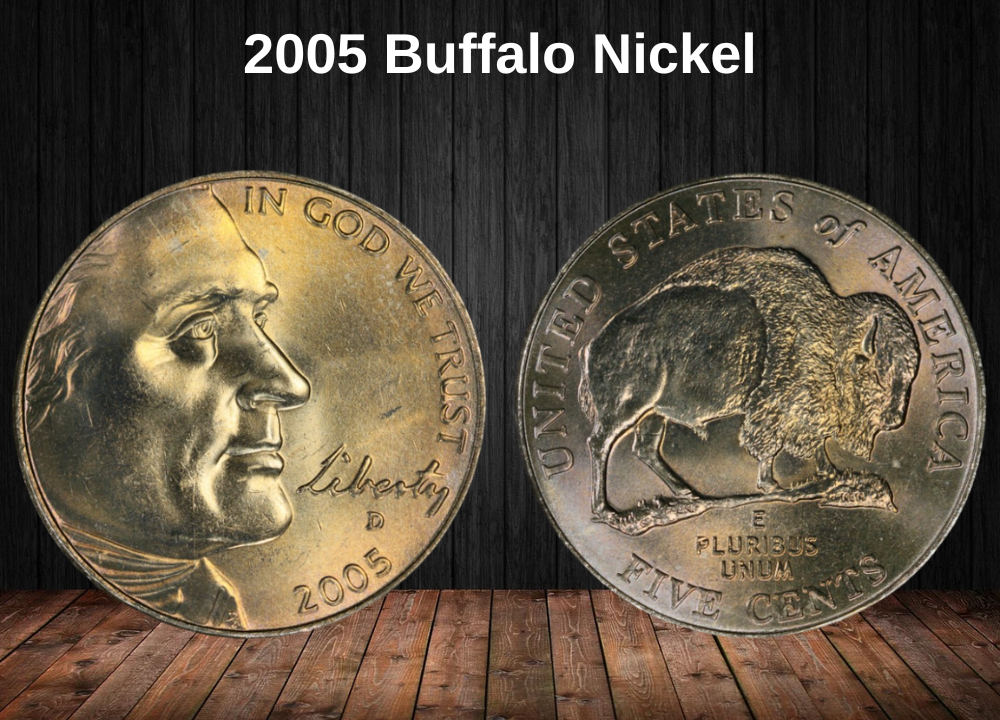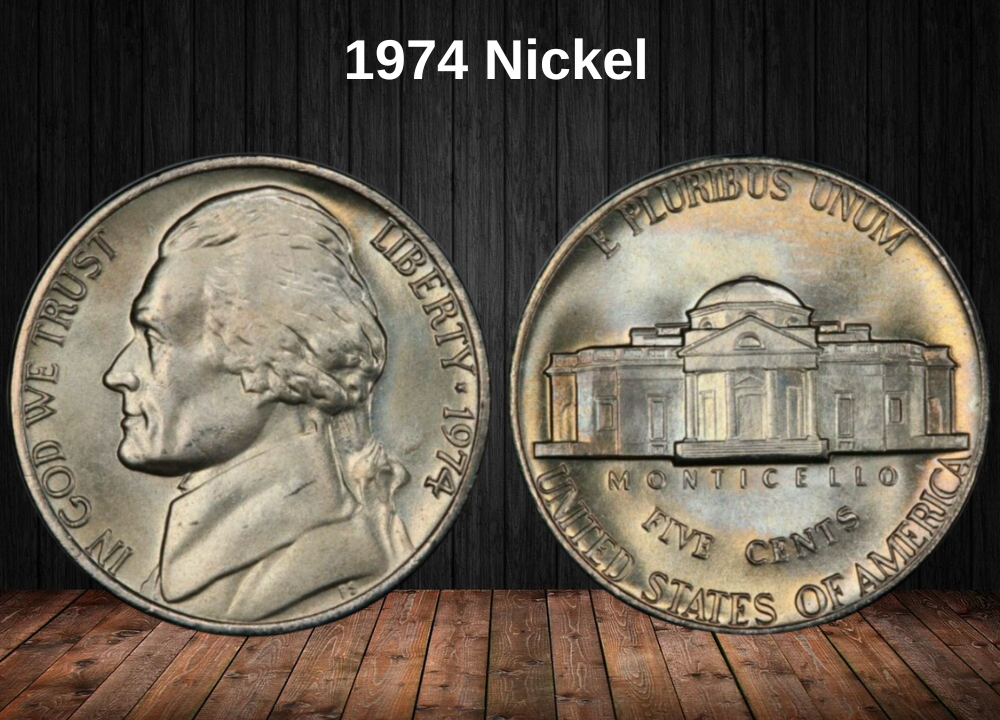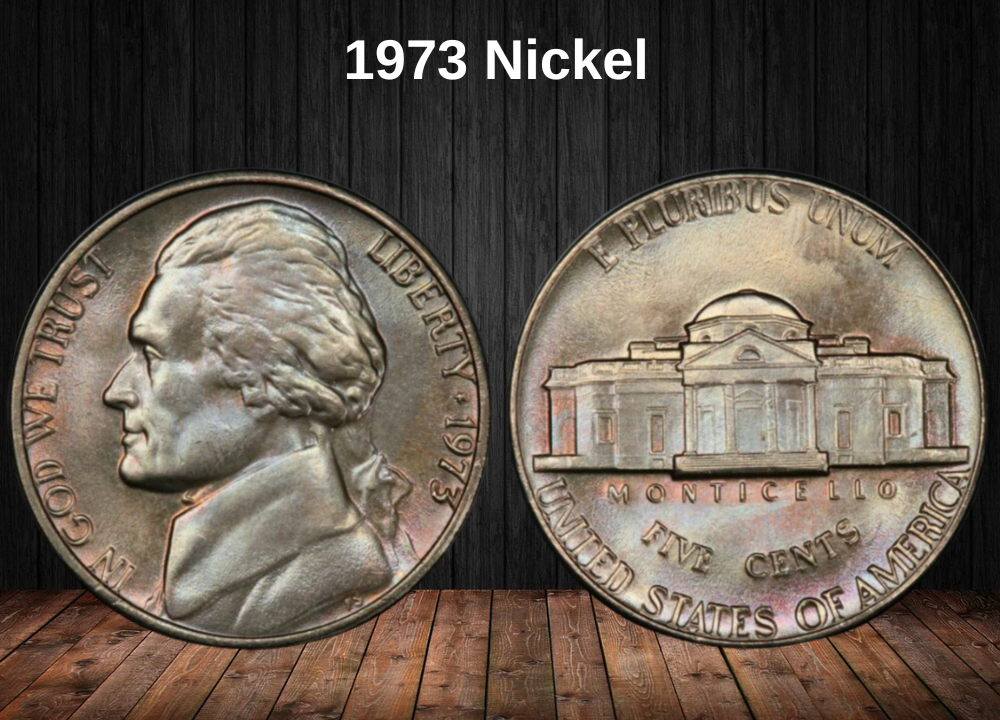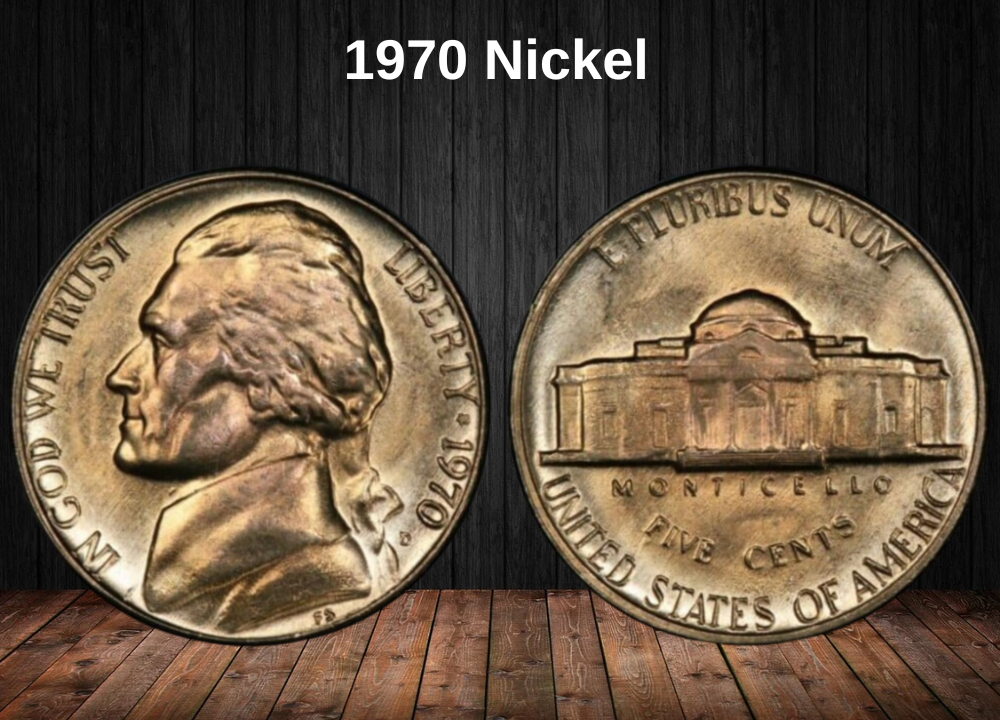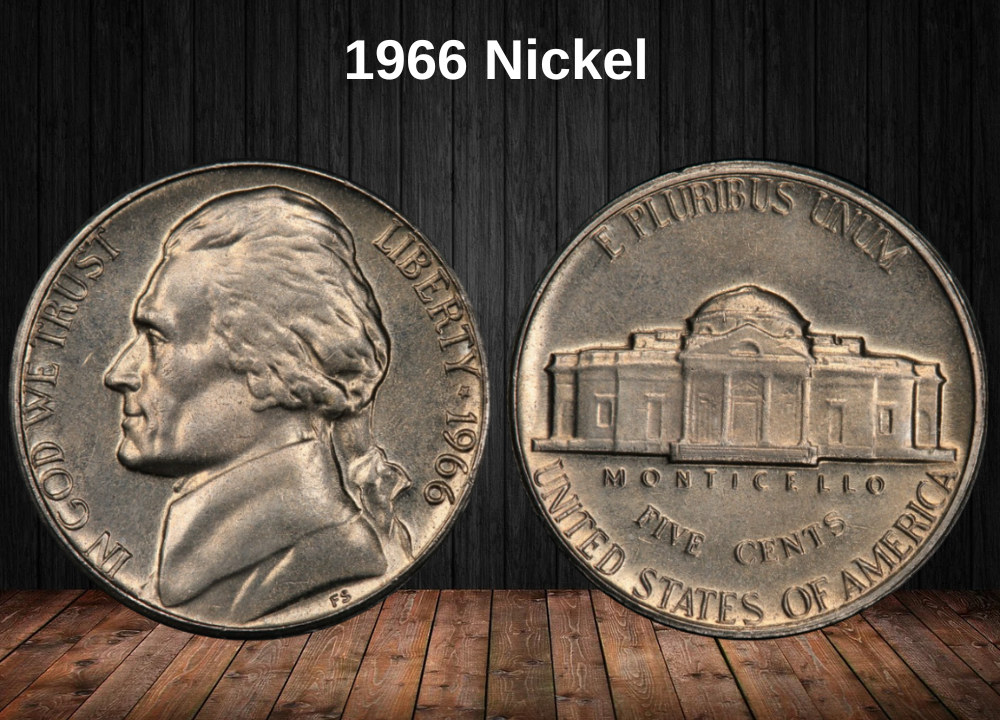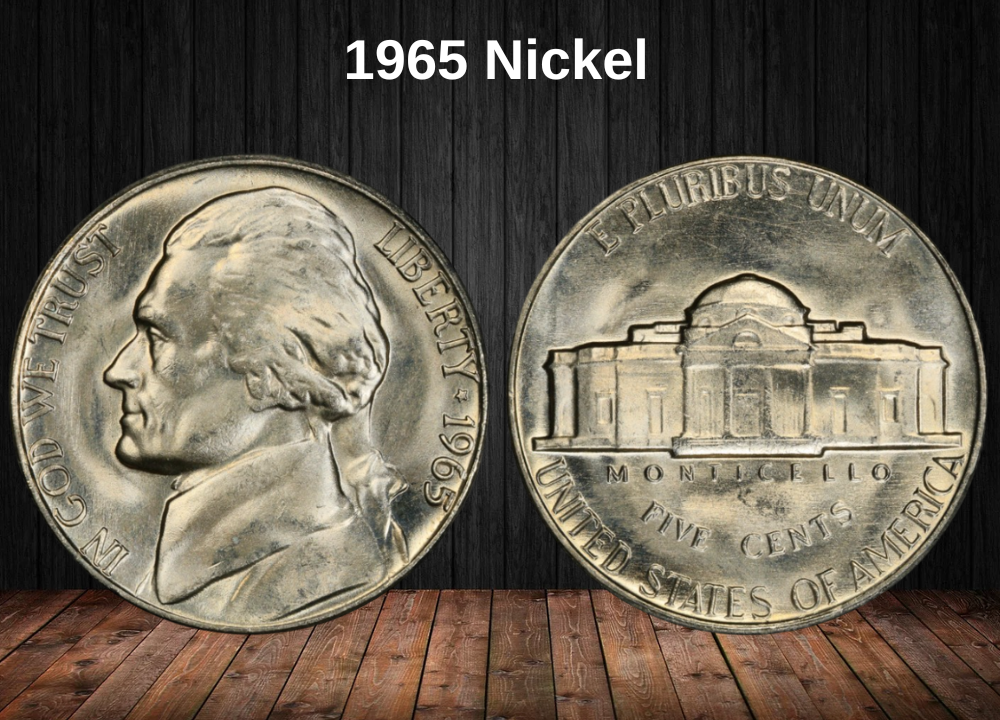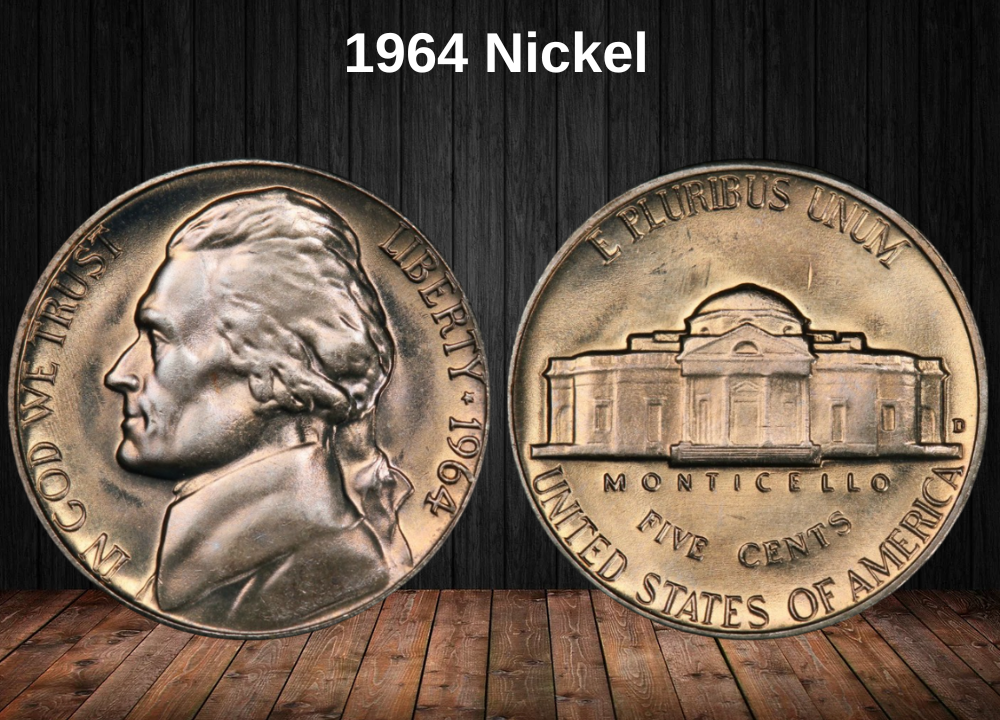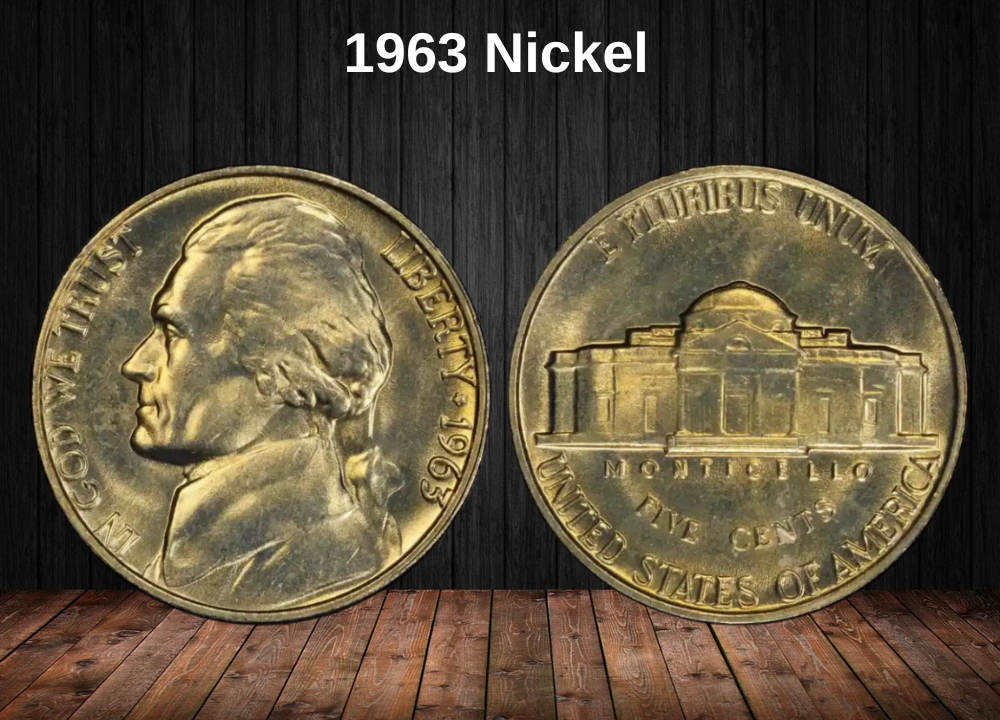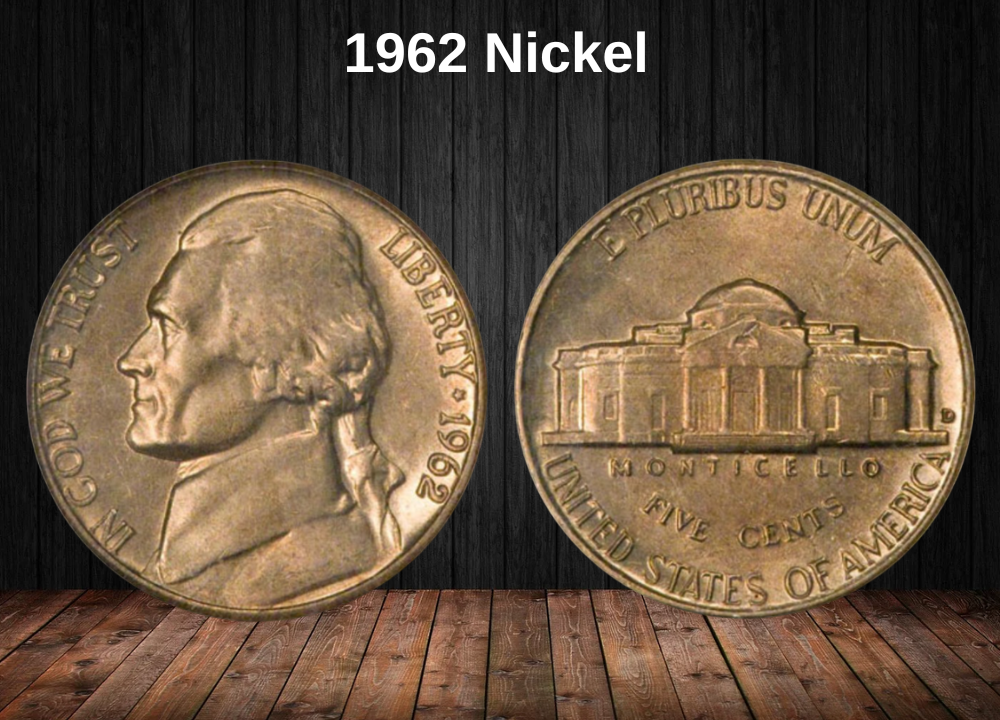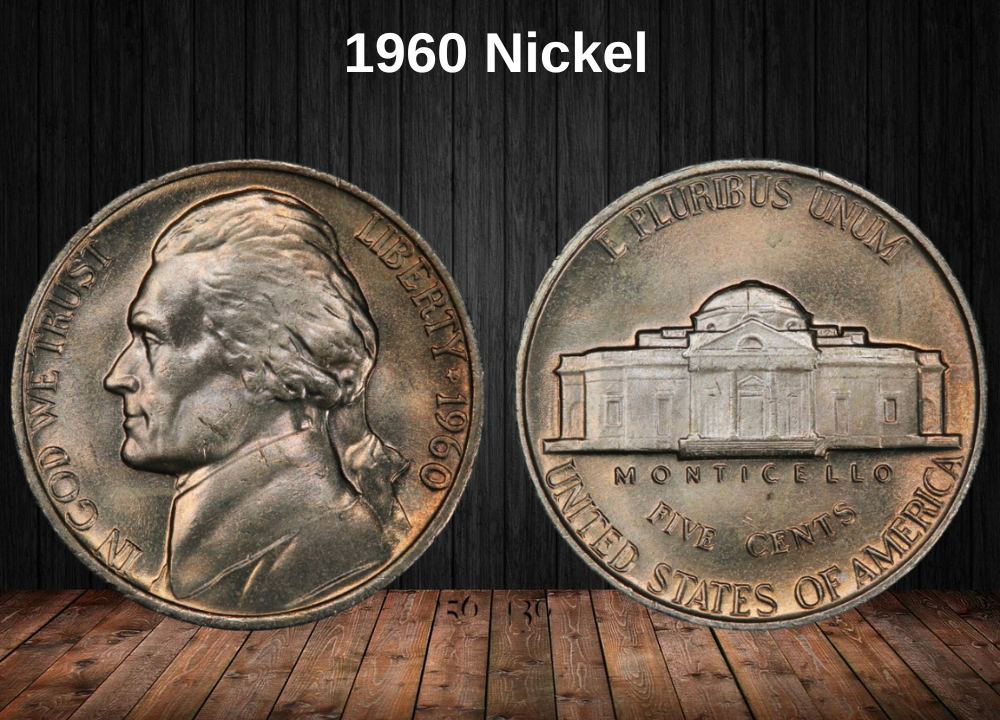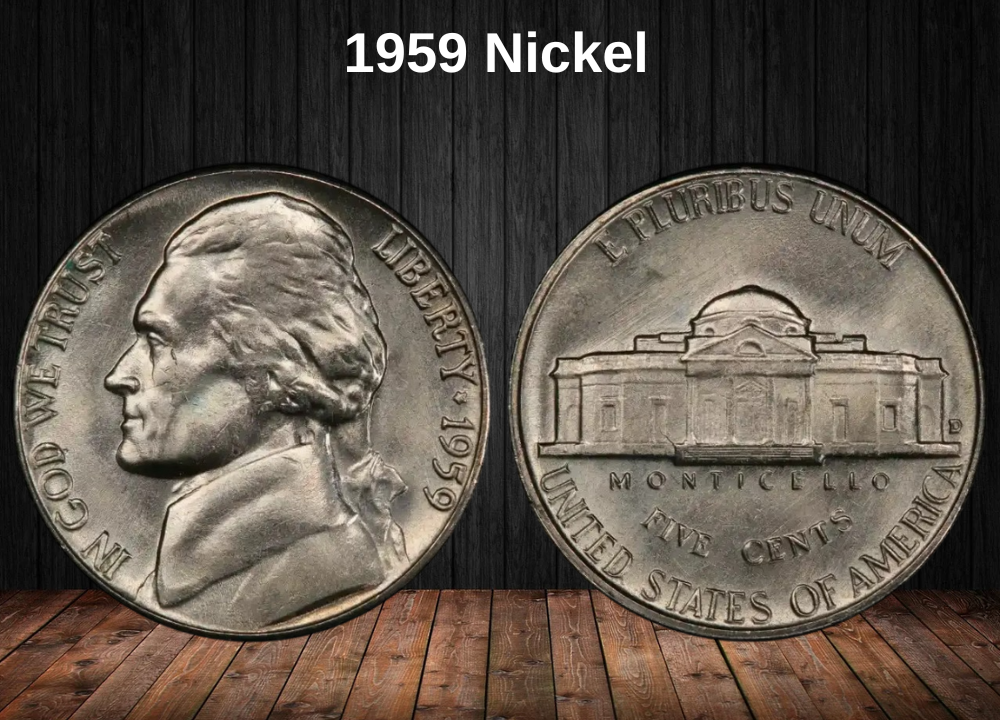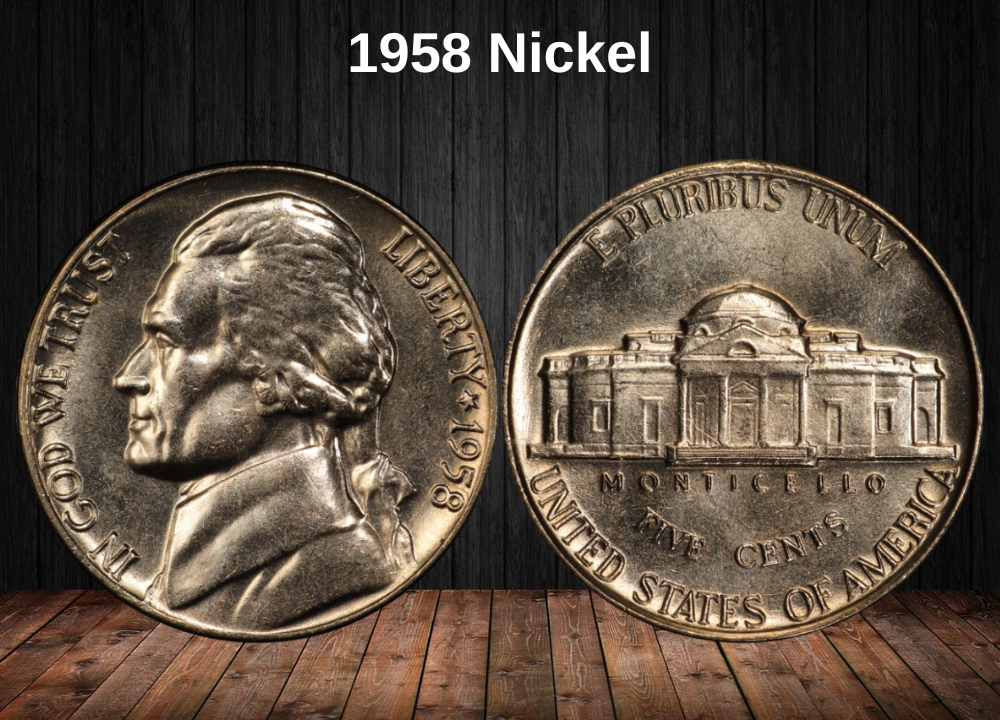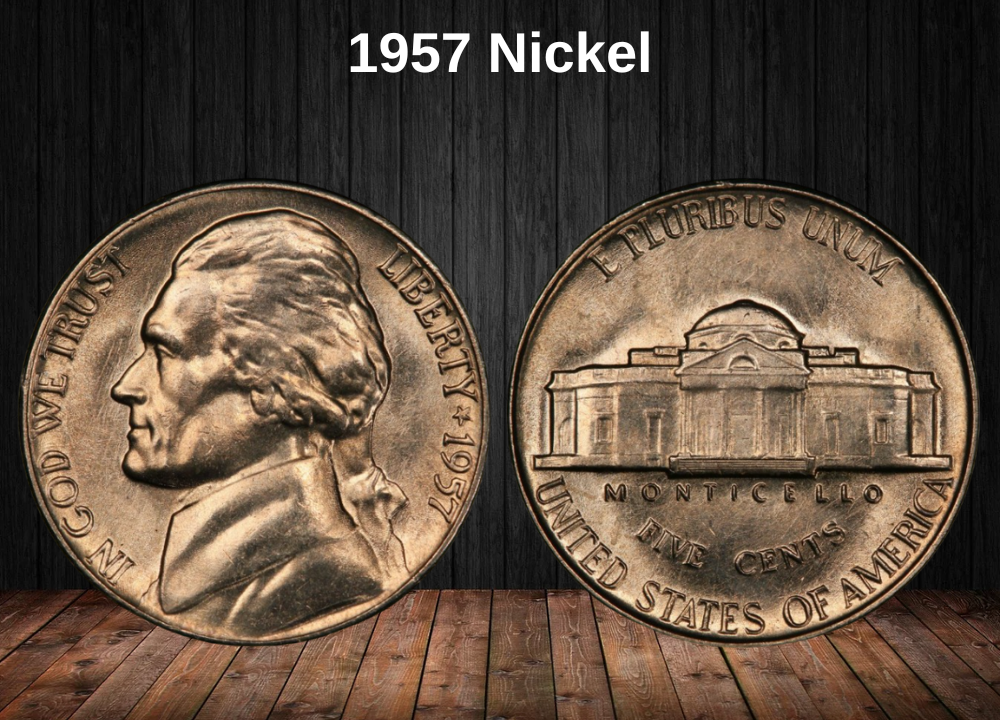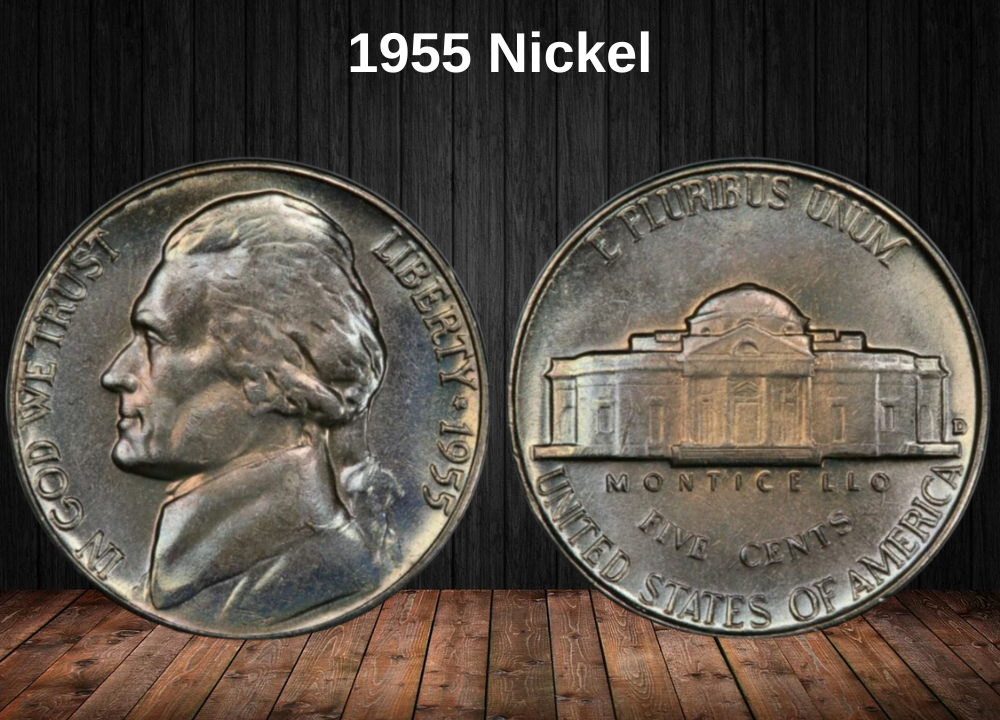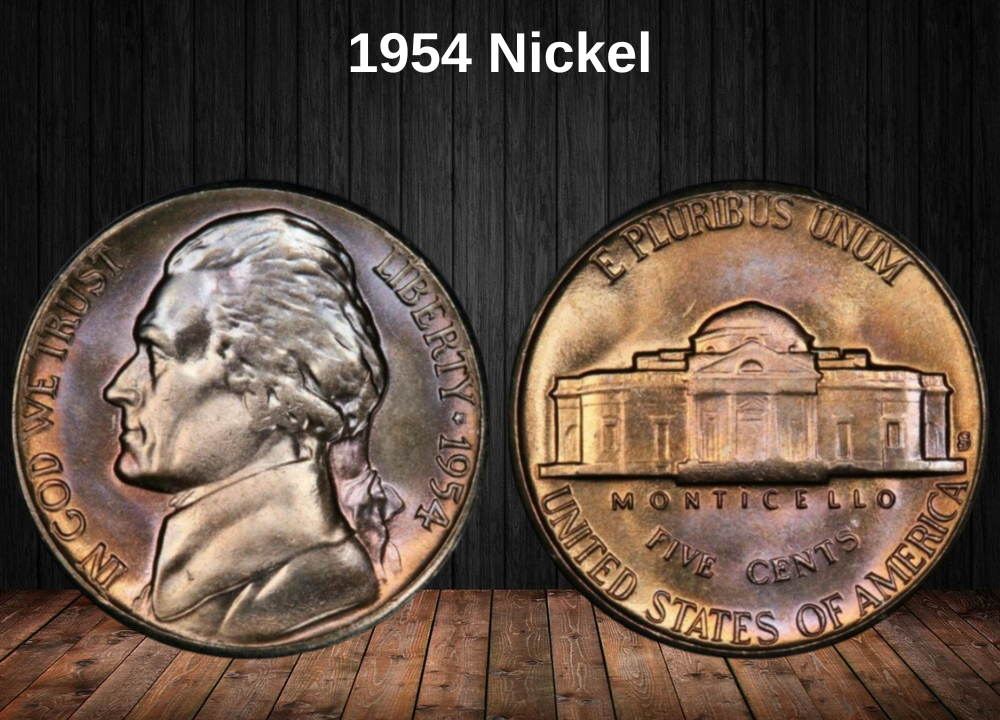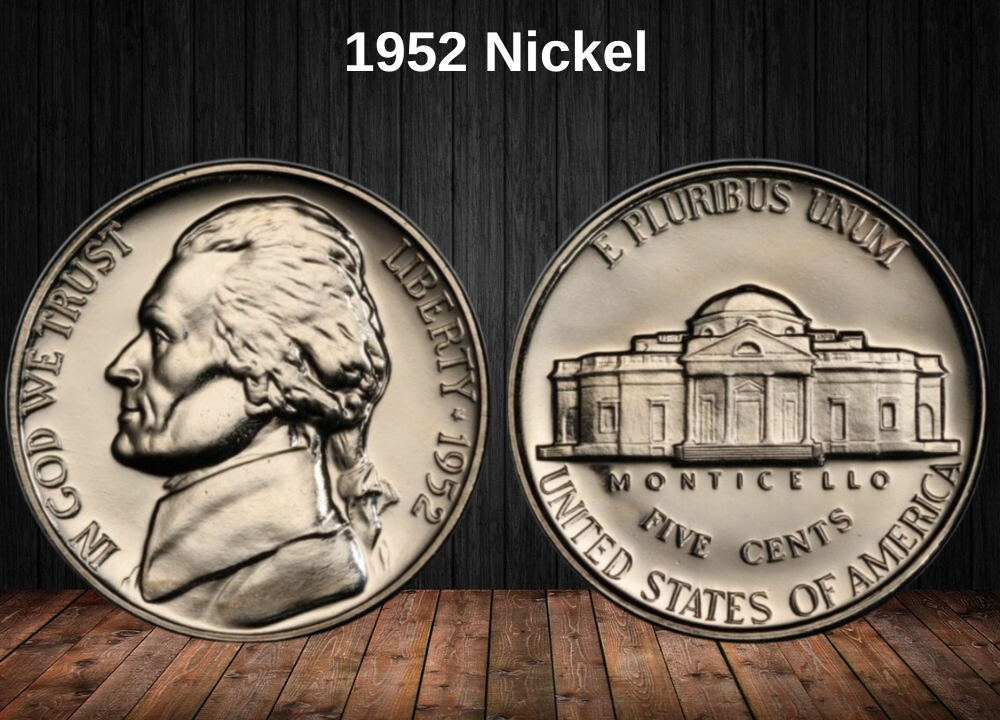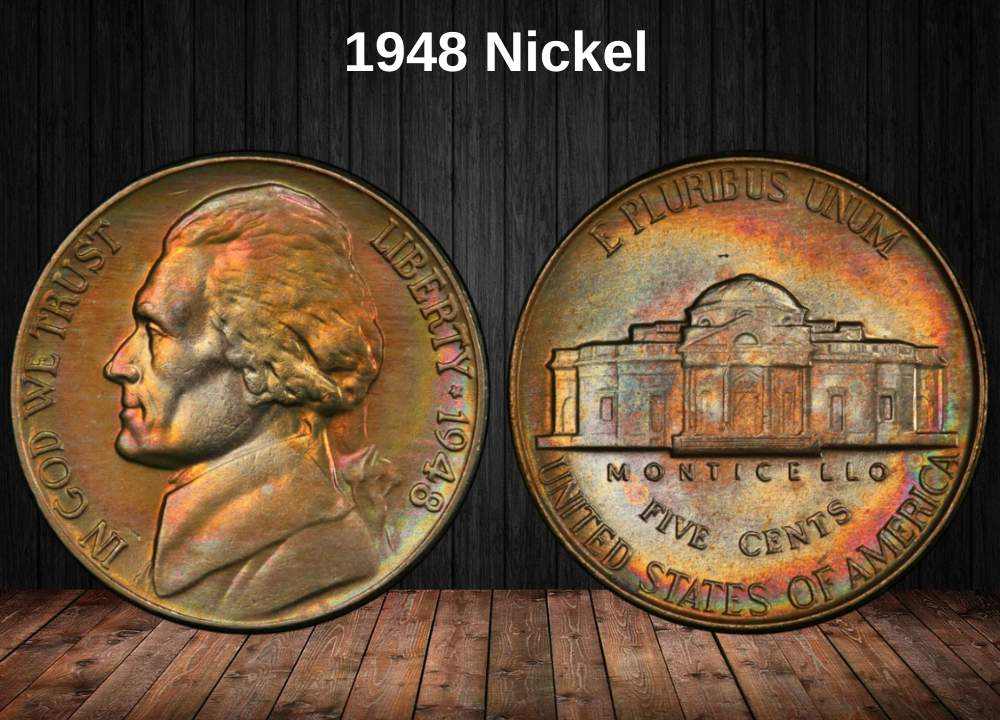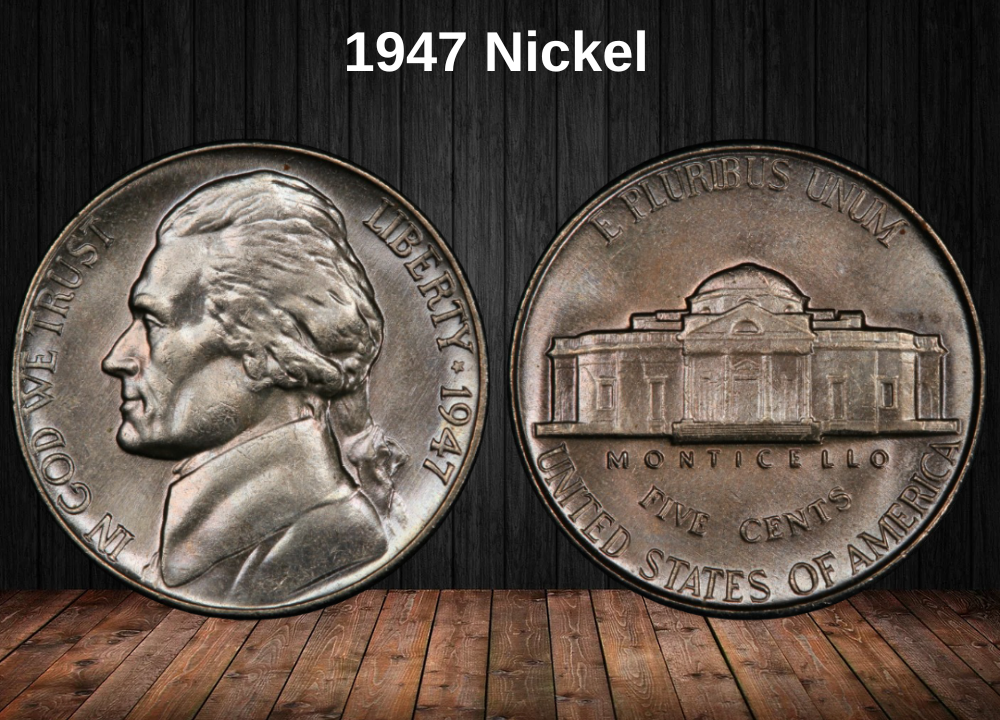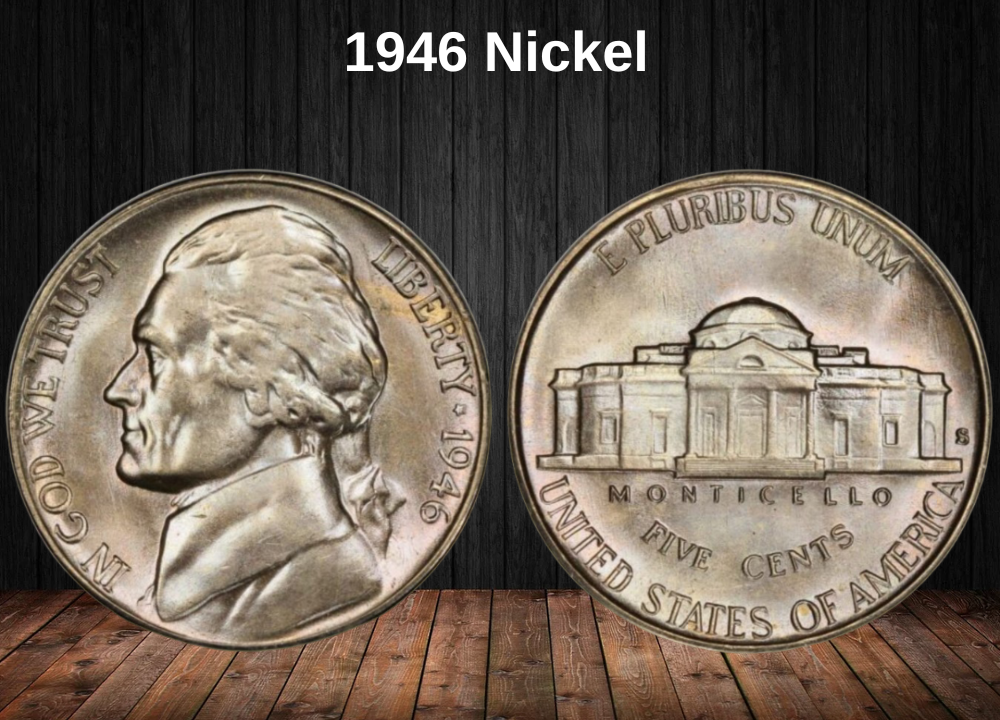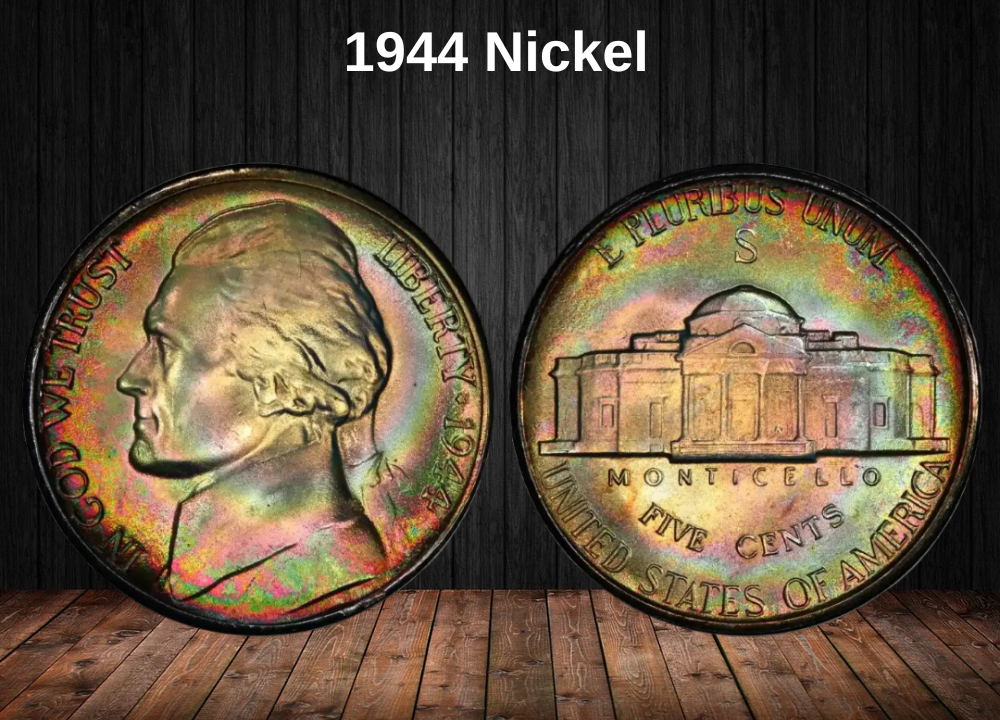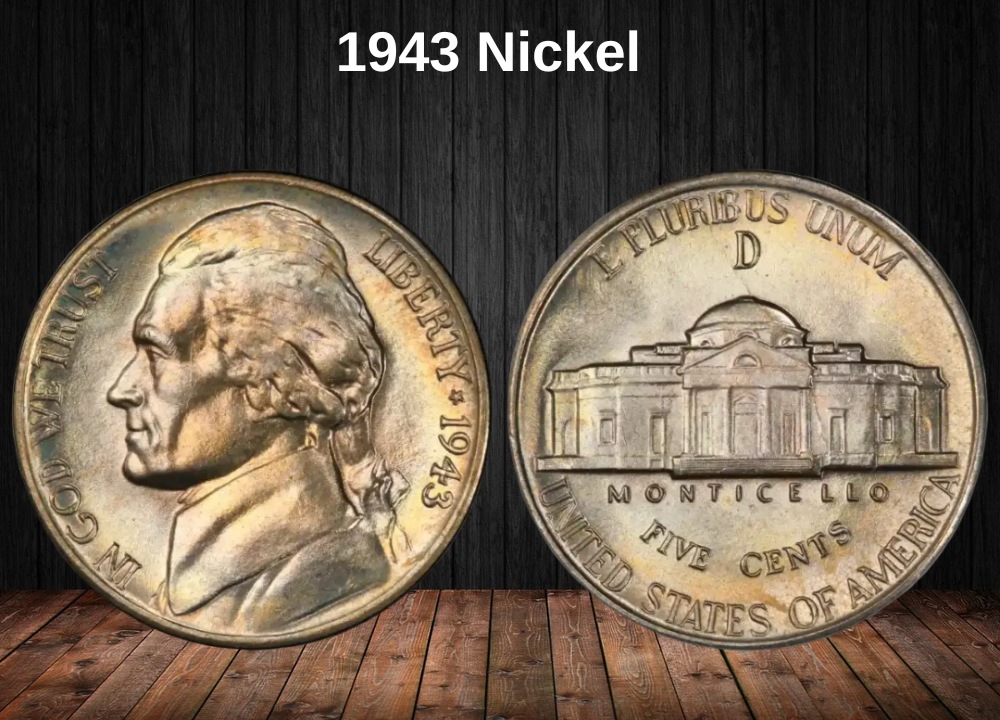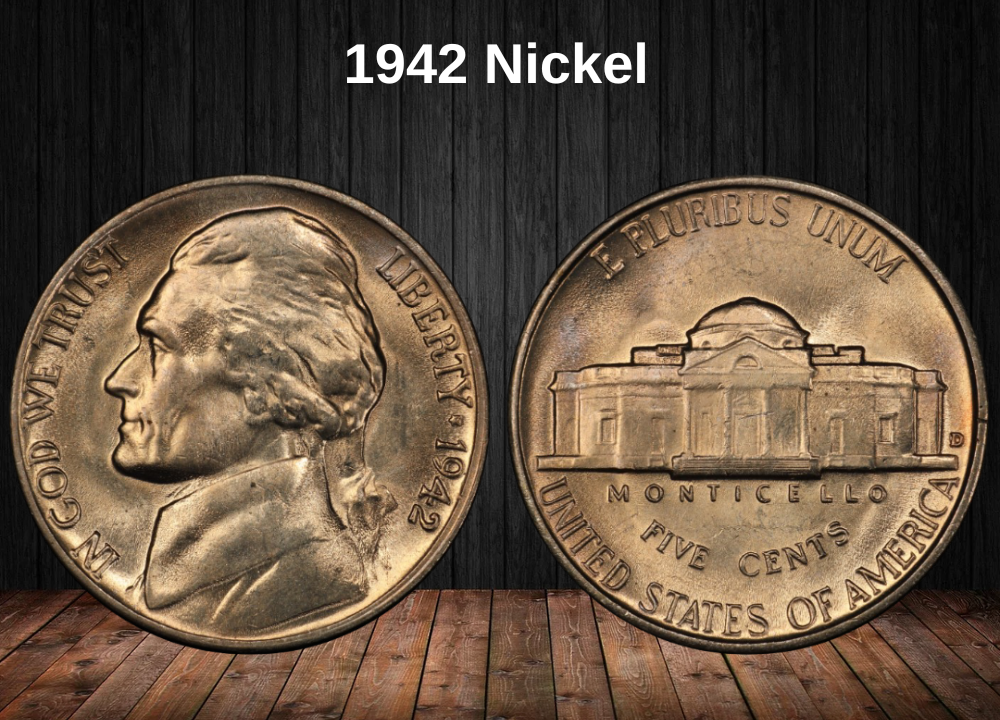Is Collecting Nickels Worth Your Time?
If you’ve ever tossed a nickel into your change jar without a second thought, you might be overlooking a potential treasure. While most five-cent coins spend their lives unnoticed in cash registers and coat pockets, a select few harbor fascinating minting errors that make them incredibly valuable to collectors.
The U.S. Mint has been producing nickels since 1866, and over the decades, countless varieties, errors, and rare issues have emerged. Some are subtle—detectable only with magnification—while others are so dramatic that even a casual glance reveals something unusual.
Old nickels have already disappeared from circulation due to wear and hoarding, and error varieties are exponentially scarcer. Knowing what to look for could mean the difference between spending a coin worth five cents and selling it for thousands—or even millions—of dollars.
Below is a detailed, fully updated list of 15 of the most valuable nickel errors known to exist, along with their history, key diagnostics, and collector tips.
Most Valuable Nickel Errors Worth Money
1. 1937-D “Three Legs” Buffalo Nickel
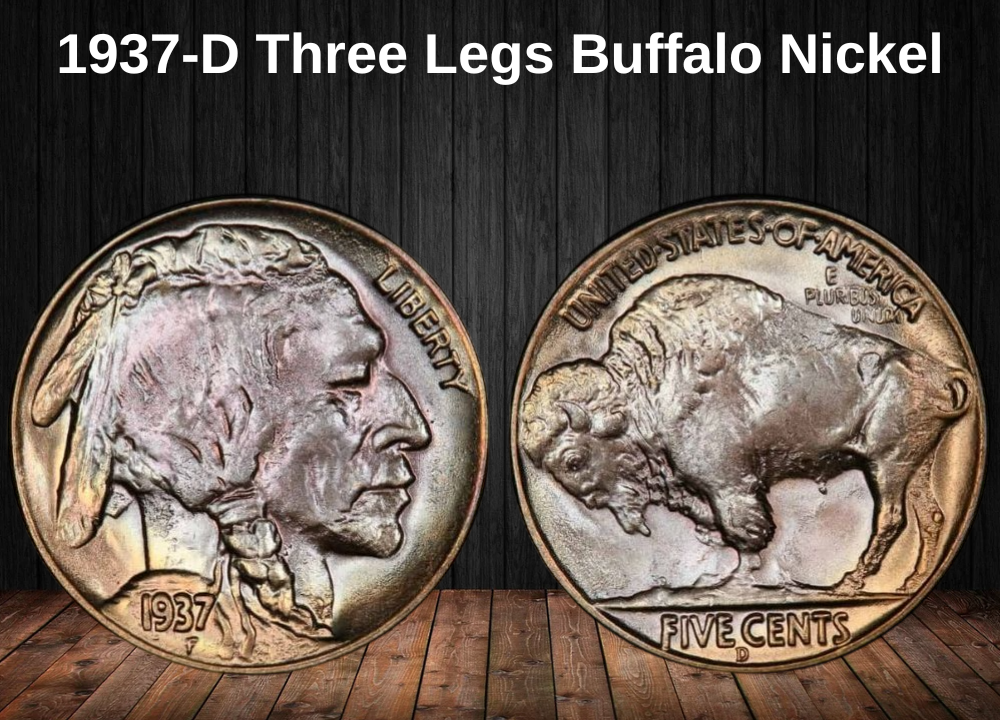
Background:
In 1937, the Denver Mint’s reverse dies for the Buffalo Nickel were heavily polished to remove clash marks. Unfortunately, this over-polishing erased one of the buffalo’s forelegs entirely, leaving the creature with only three visible legs. The odd look caught the attention of collectors almost immediately.
Why It’s Valuable:
Even though many were pulled from circulation soon after discovery, most surviving examples have some degree of wear. Mint State coins with sharp detail and frosty luster are highly sought after.
Diagnostics:
- Missing front right leg but intact hoof.
- Grass under the bison’s belly shows more detail due to over-polishing.
Market History:
An MS66 specimen sold for $99,875 in 2021. Circulated examples can bring hundreds to several thousand dollars depending on condition.
Collector Advice:
Be wary of altered coins where the leg has been ground off. Genuine examples have consistent die polish lines.
2. 1935 Doubled Die Reverse Buffalo Nickel
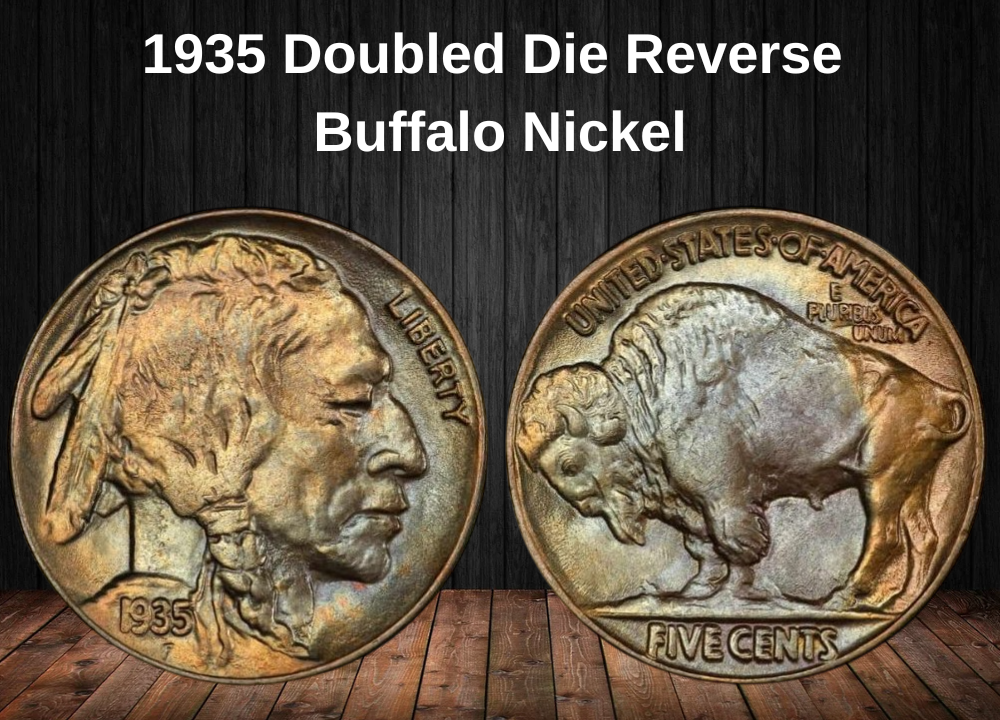
Background:
This is the only major doubled die reverse in the entire Buffalo Nickel series, created when the reverse die was hubbed twice in slightly misaligned positions.
Why It’s Valuable:
The doubling is strong and visible without magnification on some coins, especially Type 1 examples. The rarity is amplified by the fact that the Buffalo Nickel series ended just three years later.
Diagnostics:
- Doubling on “E PLURIBUS UNUM” and “FIVE CENTS.”
- Type 1 has bolder doubling than Type 2.
Market History:
In 2007, a MS64 Type 1 example sold for $104,650. Lower-grade examples still command strong prices.
Collector Advice:
Always use a loupe to confirm the doubling. Many worn coins show “machine doubling,” which is not the same and carries little premium.
3. 1964 SMS Jefferson Nickel
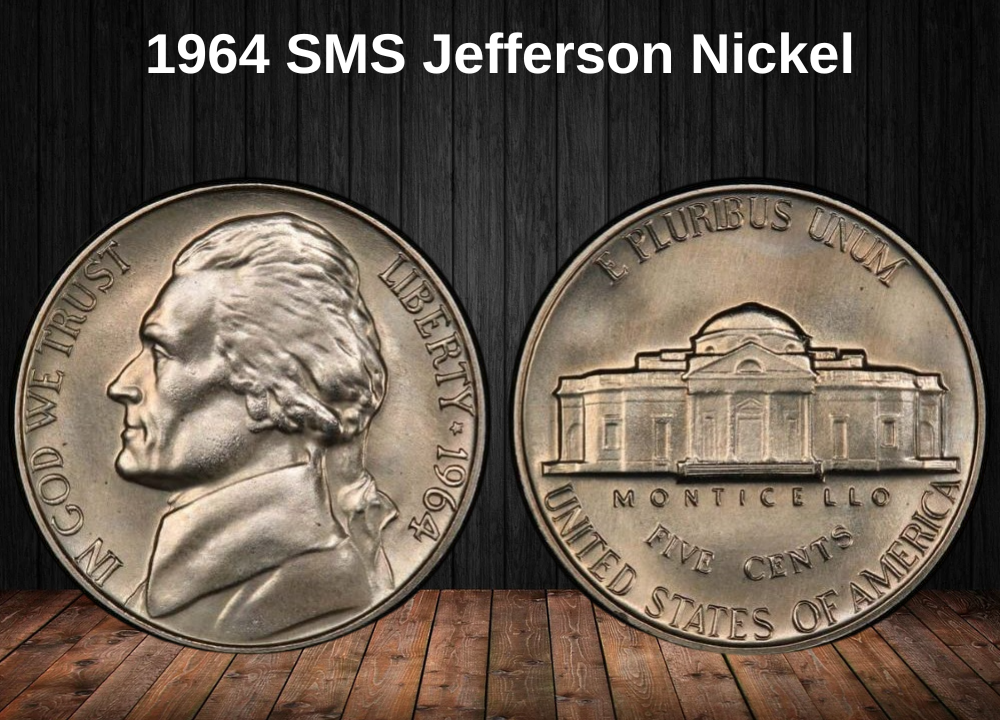
Background:
Special Mint Set (SMS) coins from 1964 were unknown until 1993, when a small group surfaced. These nickels were never officially released, and their true purpose remains a mystery. They are neither standard business strikes nor proofs.
Why It’s Valuable:
Fewer than 25 are confirmed. Their satin finish and sharp strike set them apart from regular 1964 nickels.
Diagnostics:
- Satin-like surfaces with uniform luster.
- Exceptionally sharp details, often with full steps.
Market History:
A top-grade SMS with full steps can fetch $32,900 or more.
Collector Advice:
Because they are so rare, they are heavily counterfeited. Only purchase authenticated examples from trusted sources.
4. 1918-S Buffalo Nickel
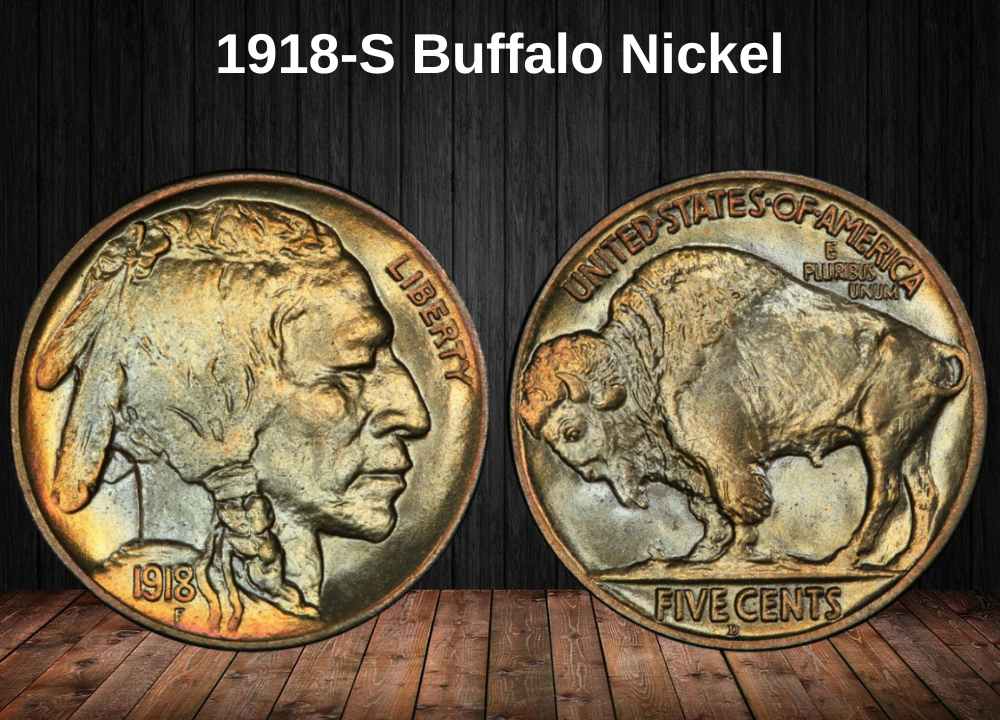
Background:
Struck at San Francisco, this coin had a mintage of 4.88 million, but most suffered from poor strikes and heavy wear.
Why It’s Valuable:
Sharp-strike Mint State examples are extremely rare, especially with strong detail in the bison’s head and horn.
Diagnostics:
- Weak strike is normal—sharp details are the exception.
- Check the horn and tail for clarity.
Market History:
In 2008, a MS66 example sold for $125,350.
Collector Advice:
Because most are weakly struck, collectors will pay premiums for coins with even moderate sharpness.
5. 1913 Liberty Head Nickel
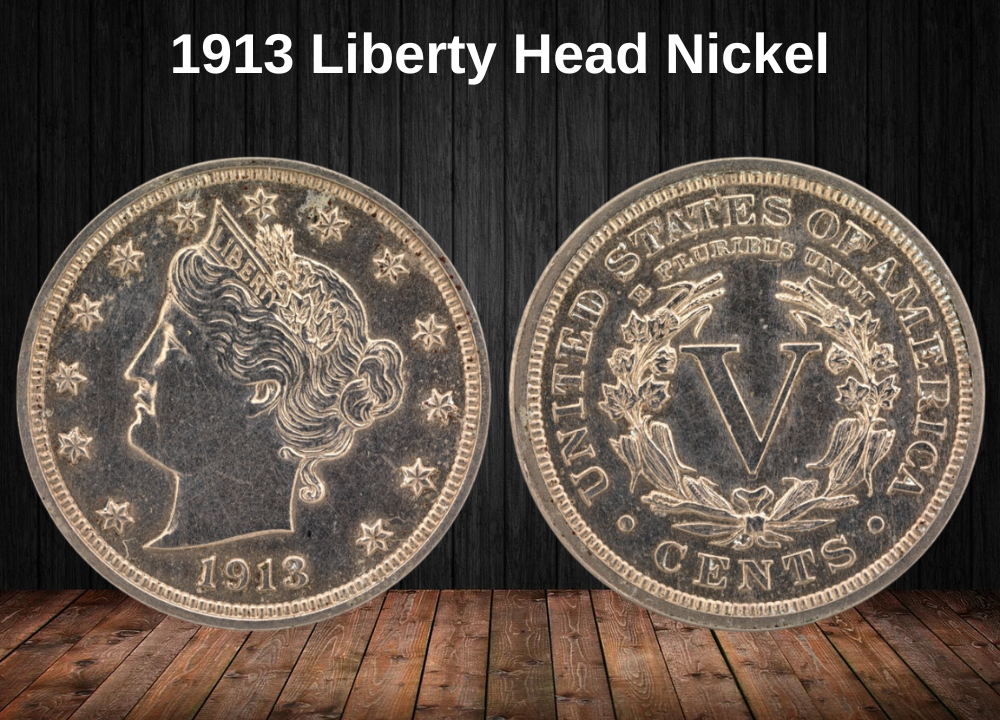
Background:
One of America’s most famous rarities, only five were made, possibly under unauthorized circumstances, in a year when the Buffalo Nickel replaced the Liberty Head design.
Why It’s Valuable:
All five are accounted for and have legendary provenance.
Diagnostics:
- Liberty Head design dated 1913.
- No circulation wear on known specimens.
Market History:
In 2022, the Walton specimen sold for $4,560,000.
Collector Advice:
Any 1913 Liberty Head Nickel you find is almost certainly a reproduction. The real coins are all documented.
6. 1918/7-D Buffalo Nickel (Overdate)
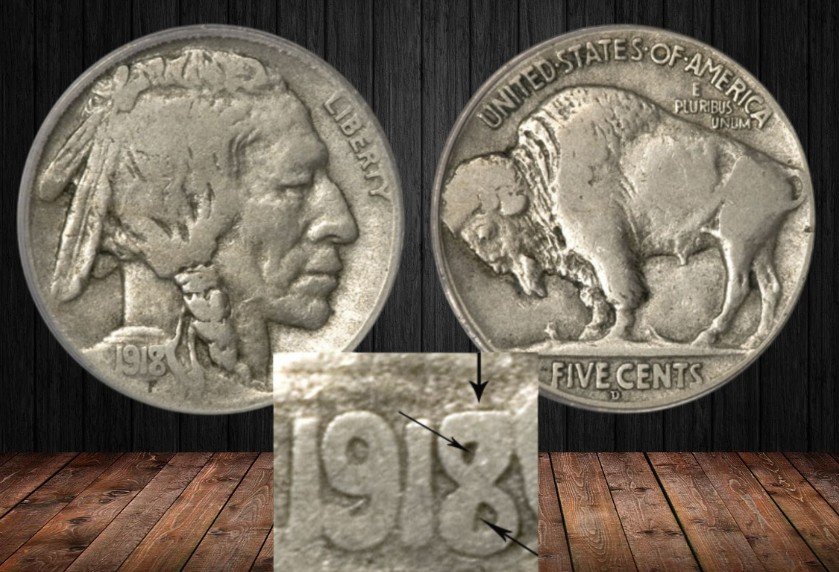
Background:
A 1917-dated die was overpunched with 1918 at the Denver Mint, creating overlapping digits.
Why It’s Valuable:
The overdate was discovered more than a decade later, so few were saved.
Diagnostics:
- Look for traces of “7” beneath the “8.”
- Often paired with light to moderate wear.
Market History:
A MS65 example brought $350,750 in 2006.
Collector Advice:
The overdate can be faint on worn coins—magnification is essential.
7. 1939-P Doubled Die Reverse (Full Steps)
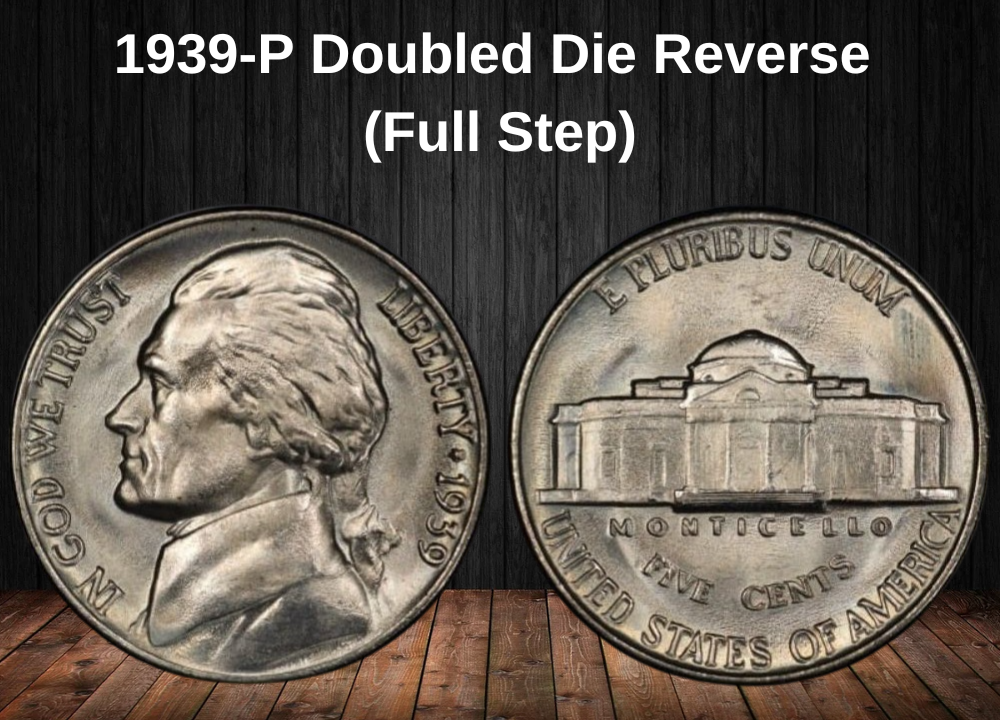
Background:
This Jefferson Nickel error shows strong doubling on “MONTICELLO” and “FIVE CENTS.” Full Steps examples are extremely scarce.
Why It’s Valuable:
One of only three major doubled die dates in the series.
Diagnostics:
- Clear separation in doubled letters.
- Crisp step details on premium examples.
Market History:
An MS example with full steps sold for $23,500.
Collector Advice:
Avoid coins with strike doubling, which is common but not valuable.
8. 1971-S No Mint Mark Jefferson Nickel (DCAM)

Background:
Some San Francisco proof nickels were struck without the “S” mint mark in 1971, making this the only missing-mintmark proof in the series.
Why It’s Valuable:
Deep Cameo examples are exceptionally rare.
Diagnostics:
- Mirror-like fields with frosted devices.
- No “S” mint mark above Monticello.
Market History:
Top examples have sold for $8,100.
Collector Advice:
Beware altered coins where the mint mark has been removed—proof surfaces are hard to fake.
9. 1880 Shield Nickel
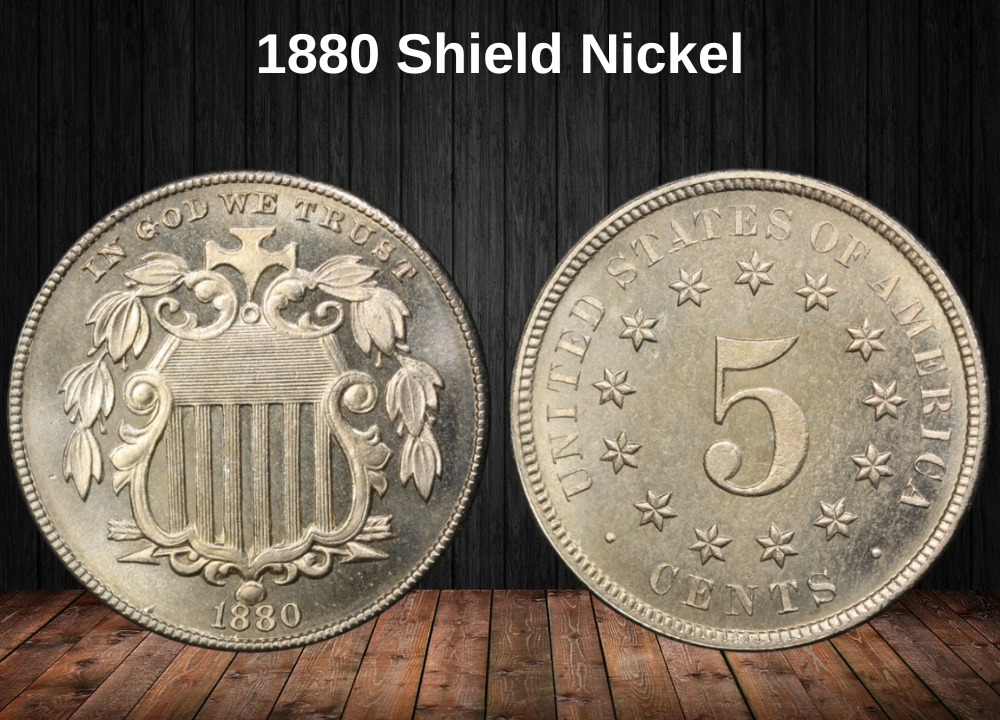
Background:
The rarest date in the Shield Nickel series, with fewer than two dozen certified.
Why It’s Valuable:
Low mintage and poor strike quality make high-grade examples exceptional.
Diagnostics:
- Prooflike surfaces common, but weak details.
- Correct date spacing and font.
Market History:
An MS66 example sold for $188,195 in 2003.
Collector Advice:
Altered dates exist—buy only graded coins.
10. 1946-D Jefferson “D over D” Mintmark
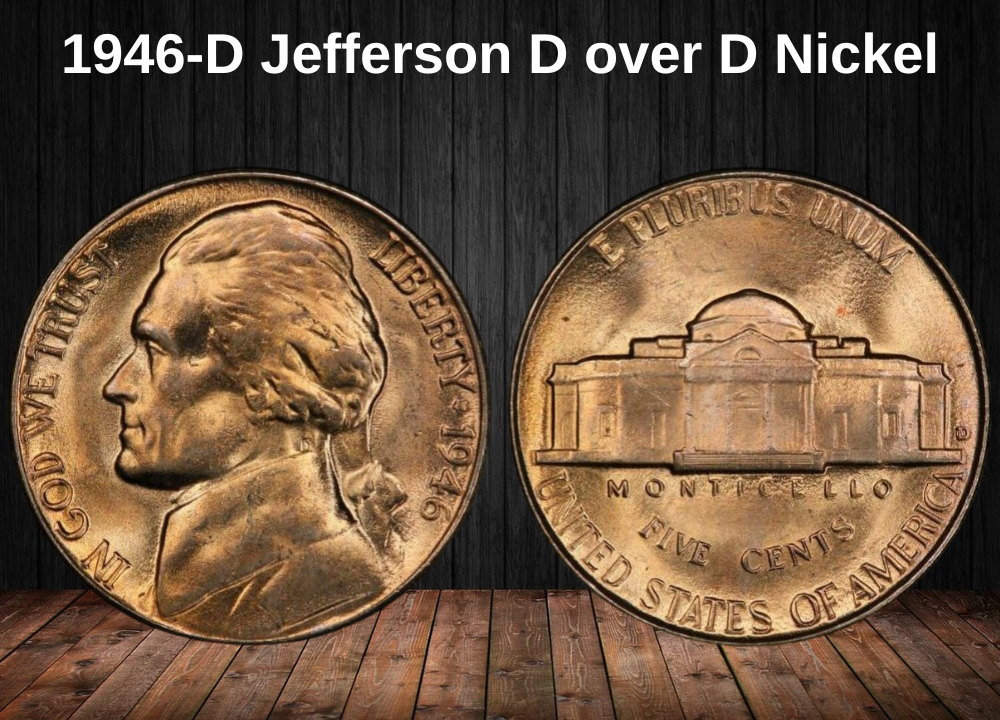
Background:
The Denver Mint occasionally repunched mintmarks, leading to doubled impressions.
Why It’s Valuable:
This particular RPM shows one “D” struck over another in a different orientation.
Diagnostics:
- Visible secondary “D” inside or beside the main one.
- Magnification makes the overlap obvious.
Market History:
MS66 examples can bring $2,500–$3,000.
Collector Advice:
Many machine-doubled mintmarks are mistaken for RPMs—learn the difference.
11. 1942-D Over Horizontal D Jefferson Nickel
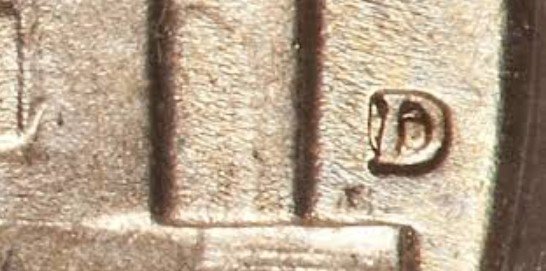
Background:
A horizontally punched “D” was corrected with a properly oriented mintmark.
Why It’s Valuable:
Easily spotted error, but few exist in Mint State.
Diagnostics:
- Horizontal D beneath the correct D.
- Sharp under-mintmark visible.
Market History:
Full Steps MS66 examples have reached $32,200.
Collector Advice:
Wear can obscure the under-mintmark—search uncirculated coins for best results.
12. 1885-P Liberty Head Nickel
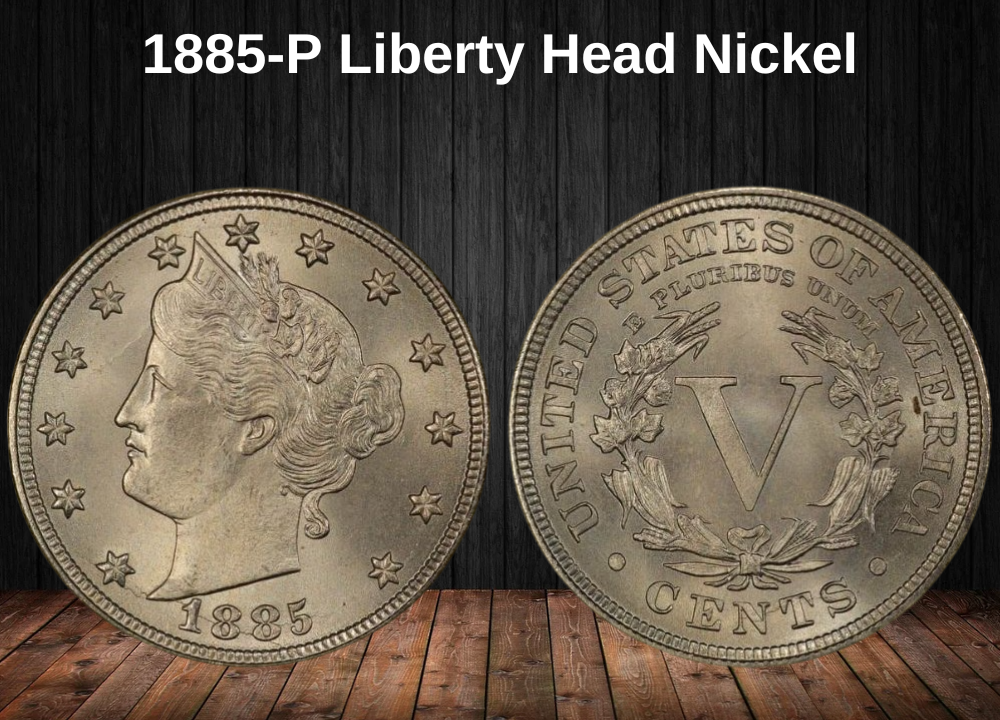
Background:
Second-lowest mintage in the series at 1.47 million.
Why It’s Valuable:
Scarce in Mint State due to minimal hoarding at the time.
Diagnostics:
- Look for original mint luster.
- Beware polished surfaces.
Market History:
An MS67 sold for $74,750 in 2005.
Collector Advice:
Higher-grade examples are almost always slabbed—raw coins should be examined carefully.
13. 1943-P “Fish Hook” Jefferson Nickel

Background:
An overdate where the “3” in the date overlaps a “2,” creating a hook-like appearance.
Why It’s Valuable:
Visually distinctive and popular among variety collectors.
Diagnostics:
- Hook curve in the “3” of the date.
- Often visible without magnification.
Market History:
Full Steps MS67 brought $16,675.
Collector Advice:
Look for clean, curved overlap—damage can mimic the shape.
14. 1953-S Full Steps Jefferson Nickel
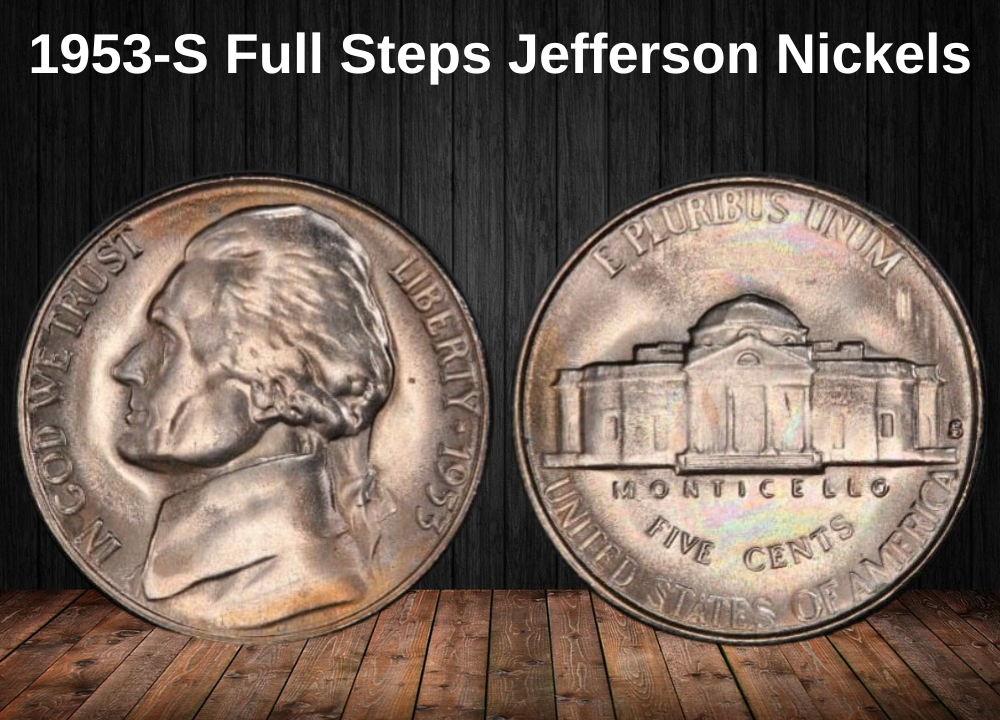
Background:
Struck in relatively low numbers for the series, and very few have sharp steps.
Why It’s Valuable:
Rarest Full Steps Jefferson between 1938 and 1960.
Diagnostics:
- All steps on Monticello visible and unbroken.
- Strong strike across entire coin.
Market History:
An MS67 Full Steps sold for $24,000 in 2019.
Collector Advice:
Even partial step coins can carry a small premium, but full steps are where the big value lies.
15. 1914/3 Buffalo Nickel (Overdate Error)
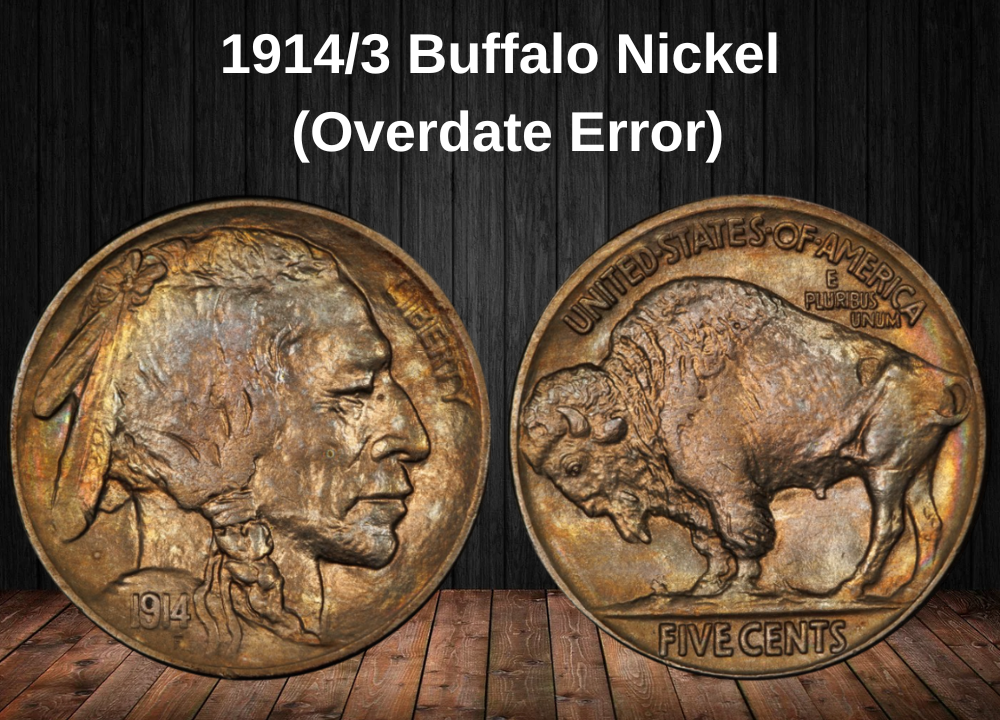
Background:
In 1914, at least one working die from the Philadelphia Mint was accidentally overpunched with a “4” over the last digit of a “3” from the previous year. This created a distinct overdate variety where remnants of the underlying “3” are visible beneath the “4.” Overdates are uncommon in the Buffalo series, and this one is among the most dramatic.
Why It’s Valuable:
Its scarcity in all grades and the boldness of the overdate make it a high-demand coin for advanced Buffalo collectors. Many survivors show moderate wear, so high-grade examples are particularly prized.
Diagnostics:
- Look closely at the last digit in the date: the base and curve of the underlying “3” are visible under the “4.”
- The overdate effect is most clear on coins with minimal wear and good strike detail.
Market History:
Well-preserved examples in Mint State can exceed $100,000 at auction. Even lower-grade coins often bring thousands due to rarity.
Collector Advice:
Magnification is essential for confirmation. Be aware that worn coins can obscure the overdate, and some altered pieces exist—only certified examples from reputable graders should be considered.
Summary
Nickels might seem like the underdogs of U.S. coinage, but the right error can transform them into six- or seven-figure collectibles. Whether it’s a century-old Buffalo with a missing leg or a modern proof missing its mint mark, these coins share one thing: rarity born from imperfection.
The takeaway? Learn the diagnostics, check your change, and never underestimate a five-cent piece. The next coin you pull from circulation could be worth far more than its face value.

